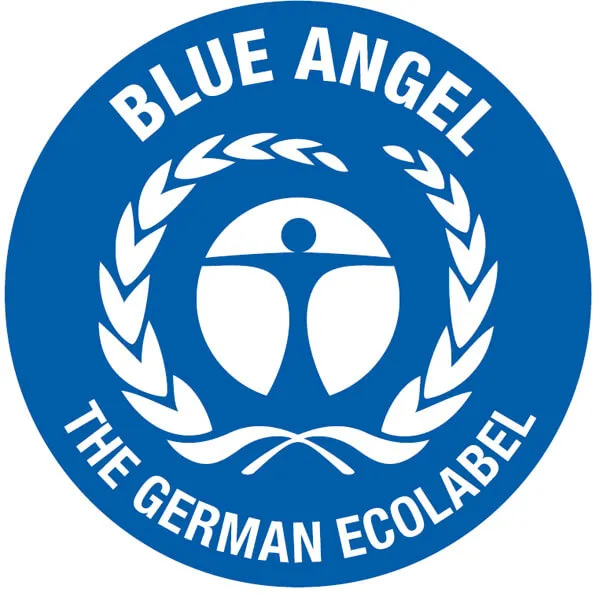Food contact
Plastic materials in contact with food must comply with strict regulations to ensure food safety.
Before consumption, food comes into contact with many materials and articles during production, storage, preparation and serving. These materials and articles are called Food Contact Materials (FCMs).
To ensure FCMs do not have a negative effect on consumers’ health, and affect food quality, a series of legal controls and requirements must be observed.
Regulation (EC) No. 1935/2004 establishes a harmonised legal framework for the EU, as well as the general principles of safety and inertia for FCMs. In addition to the general legislation, there are a series of EU-specific measures that tackle plastic material treatment, including recycled plastics.
In the case of plastic materials that come into contact with food, Regulation 10/2011 sets the rules and specifications that must be complied with, as well as the restrictions on the use of these substances. These include migration limits that specify the maximum quantity of substances that can migrate into food.
Plastic materials in food applications
In AIMPLAS, we provide personal assistance for companies manufacturing materials and articles that come into contact with food, including:
- Review of the Declaration of Compliance to determine and optimise the tests needed to demonstrate such compliance.
- What is a Declaration of Compliance? »
- Performance of migration tests
- Interpretation of results.
- Resolution of technical queries related to legislation.
- We also have the necessary equipment to evaluate the barrier properties and functionality of packaging using:
- Gas transmission rate testing
- Compatibility tests
- Sensory analysis
- Packaging integrity evaluation testing
Recycled plastic in food applications
We respond to your queries on the use of recycled plastic and on how to verify compliance with the corresponding legislation to ensure food safety.
Hygiene protocols and Good Manufacturing Practices (GMP) in plastic industries for food applications
We can advise you on how to implement the systems companies need to comply with manufacturing quality, hygiene and food-safety requirements, including Good Manufacturing Practices systems and voluntary protocols such as BRC/IoP Packaging, IFS Pac Secure and FSSC 22000.




